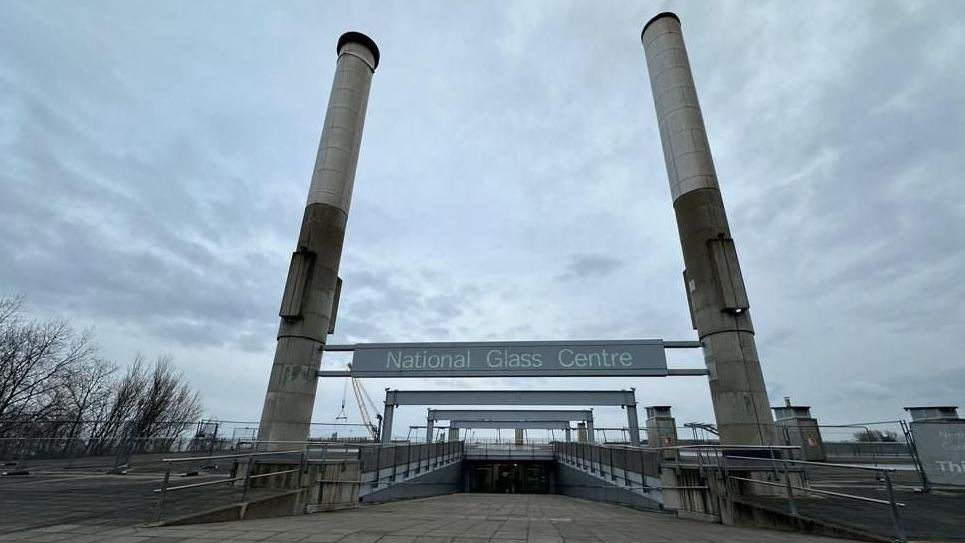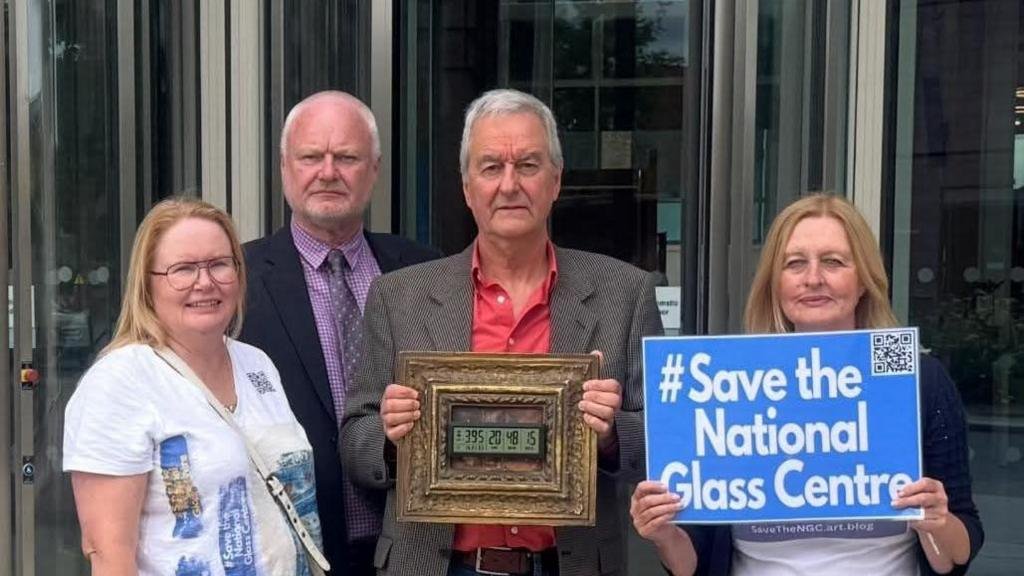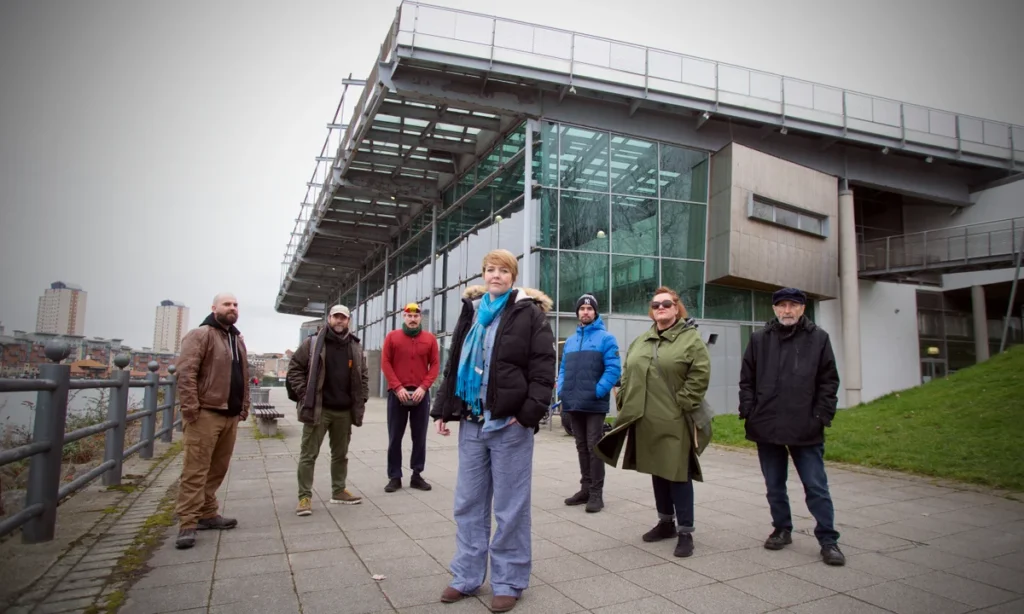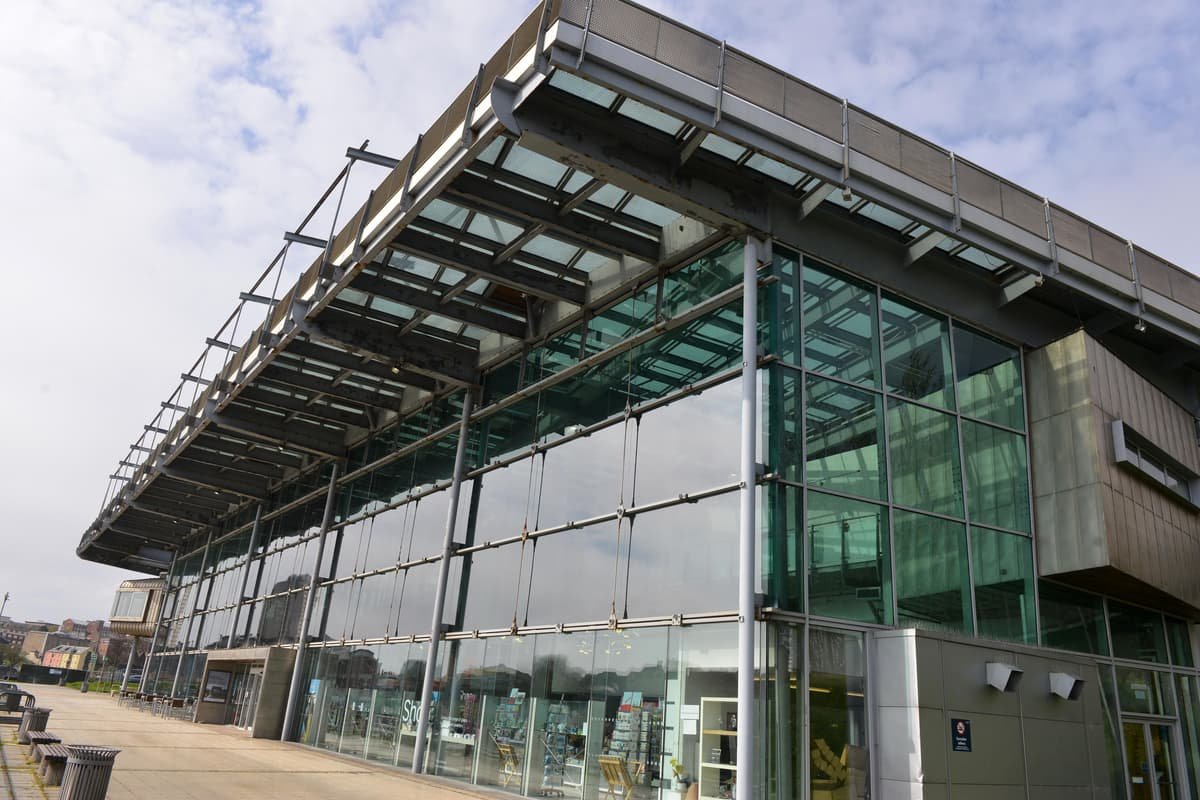National Glass Centre Closure Sparks Backlash Over Repair Estimates
Campaigners are pushing back against the planned closure of the National Glass Centre (NGC). They call the repair estimates from the University of Sunderland “ludicrous” and highly inflated. The university, which owns the NGC, plans to shut it down by July 2026. It cites unaffordable repair costs as the main reason for the decision.

Campaigners are pushing back against the planned closure of the National Glass Centre (NGC). They call the repair estimates from the University of Sunderland “ludicrous” and highly inflated. The university, which owns the NGC, plans to shut it down by July 2026. It cites unaffordable repair costs as the main reason for the decision.
Breaking Down the National Glass Centre Repair Costs
A feasibility study commissioned by the university outlined two main renovation strategies for the ageing glass roof. The first involved replacing the roof with a mixed-glazing and solid-material structure at an estimated cost of £14 million. The second, more comprehensive option would involve additional structural work to the roof and surrounding envelope, driving costs up to a projected £45 million.
Mr. Taylor emphasized the disparity between the two figures. A £31 million difference is unbelievable for a single project,” he remarked, warning that such inflated figures might deter potential investors or benefactors.
He further broke down the £14 million estimate, claiming only £6.5 million was allocated to actual construction. The remaining amount comprised various allowances:
- 10% for design and construction risks
- 10% for employer risks
- 15% for auxiliary project costs (including IT and AV equipment)
- 16.34% inflation adjustment, totaling £1.63 million
“The risk and inflation factors are overly generous,” said Taylor. “It appears tailored to justify closure.”
Viable Alternatives to National Glass Centre Closure Ignored?
Interestingly, the report itself includes a potentially less expensive alternative: over-cladding the existing glass structure with a secondary roof. Though this would sacrifice the natural light aesthetic, it could reduce costs by £2.5 million to £4.5 million.

Despite this possibility, the university maintains that even the most minimal renovation option exceeds its financial capabilities. It highlighted that its main revenue comes from student tuition, which must be allocated primarily to teaching, research, and innovation.
Financial History and Lack of External Support
The National Glass Centre has received over £15 million in investment from the university over the past decade. A 2022 building survey revealed extensive remedial issues requiring urgent attention and multi-million-pound investments.
The university said it developed all cost estimates with independent professional advice and noted that no individual or organisation has offered funding since announcing its closure plans.
As of now, no corporate sponsors, government bodies, or philanthropic donors have stepped forward to fund the restoration.
Cultural Impact and Legacy
Opened in 1998, the NGC has served as both an academic and cultural institution. Beyond showcasing glass art, it has been a vital centre for education, tourism, and community engagement.
Taylor and fellow campaigners argue that the closure represents a cultural loss for Sunderland and the UK art scene. “This isn’t just a university asset. It’s a national treasure. We should be talking about preservation, not demolition,” he said.
Broader Concerns About Heritage Conservation
The controversy raises broader concerns about how public institutions handle heritage buildings. Experts argue that the lack of standardised guidelines for estimating repair costs leaves room for inflated figures that can justify closure over restoration.
Dr. Ayesha Mirza, a heritage conservationist, emphasizes the importance of requiring independent third-party assessments when decisions involve closing culturally significant sites.
What Comes Next?
Campaigners plan to continue lobbying local government officials and MPs to intervene. A petition to preserve the National Glass Centre has already attracted thousands of supporters, and a public forum is set for next month to explore alternative funding strategies.

Meanwhile, the University of Sunderland maintains that its decision will stand unless significant and verifiable financial backing is secured from external partners.
With the clock ticking towards the 2026 closure, the fate of the National Glass Centre remains uncertain—caught between financial constraints and the cultural value of preserving a symbol of British craftsmanship.





becem travel | Kıbrıs araç transfer Kıbrıs araç kiralama , Kıbrıs vip araç , Kıbrıs araç transfer , Kıbrıs güvenli ulaşım
Instant messaging shaadi functions enable real-time connections.
Great information shared.. really enjoyed reading this post thank you author for sharing this post .. appreciated